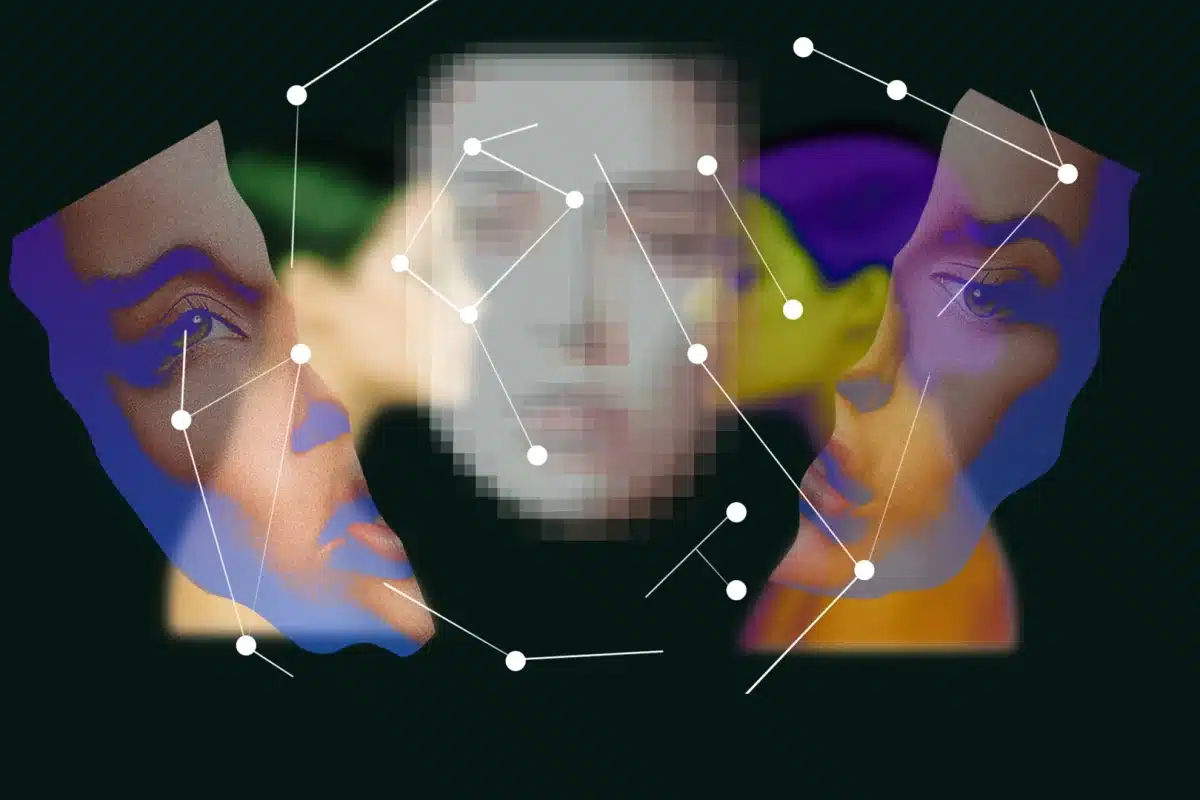The Dark Reality Of Deepfake Porn: Google, Visa, Mastercard, And The Exploitation Of Consent
In the vast realm of the internet, a sinister phenomenon has emerged, casting a dark shadow over the concept of consent. Deepfake porn videos, harnessed by the power of artificial intelligence (AI) software, have proliferated with alarming ease, infiltrating the digital landscape and leaving a trail of non-consenting women in their wake.
Google, Visa, and Mastercard, pillars of the online world, unwittingly find themselves entangled in this web of exploitation. With a mere $5, one can now purchase these explicit deepfake videos, facilitated by the acceptance of various payment methods, including cryptocurrency. The insidious nature of this issue is further compounded by the fact that websites boasting extensive libraries of deepfake content receive millions of monthly visitors.
Despite the efforts of major credit card companies to curb sexually exploitative materials, Verotel, a Netherlands-based payment service provider, continues to facilitate transactions in this illicit market. The lack of regulation and enforcement surrounding this matter has raised serious concerns, necessitating a global collaborative response to address the dark reality of deepfake porn and the exploitation of consent.
Deepfake Porn And Issues They Bring
- Deepfake pornographic videos featuring nonconsenting women are easily accessible and can be found at the top of Google search results.
- Creators charge as little as $5 to download thousands of clips featuring the faces of celebrities and accept payment via Visa, Mastercard, and cryptocurrency.
- Interest in deepfake porn surged after a popular livestreamer admitted to viewing sexually explicit deepfake videos.
- Visa and Mastercard remain available as payment options on deepfake porn websites, despite their previous crackdown on sexually exploitative videos.
The Problem
The prevalence of easily accessible and monetized deepfake pornographic videos featuring nonconsenting women, facilitated by platforms such as Google, Visa, and Mastercard, highlights the alarming issue of consent exploitation in this emerging technology.
Deepfake ethics are brought into question as these videos are created without the consent of the individuals involved, often resulting in severe emotional and psychological impact on the victims. The ability to seamlessly replace one person’s face with another’s, particularly for sexually explicit content, raises serious concerns about the violation of privacy and the potential for further harm.
Victims of deepfake porn are disproportionately affected, as they not only have to endure the nonconsensual creation and dissemination of explicit material but also face challenges in seeking justice due to jurisdictional limitations and limited legislation.
This dark reality underscores the urgent need for a global, collaborative response to address the exploitation of consent in deepfake technology.
Creation and Distribution
One notable finding is that the majority of deepfake videos (96%) are sexually explicit and predominantly feature women who have not given their consent for the creation of such content. Technological advancements in deepfake creation have made it easier for individuals to create and distribute these explicit videos. AI software is used to seamlessly replace one person’s face with another’s, often for sexually explicit content. These videos can be created using free or low-cost apps and programs, making the process more accessible to a wider range of individuals. The widespread availability of deepfake porn has had a significant impact on the mental health of its victims. Survivors of sexual abuse are specifically targeted, further exacerbating the trauma they have experienced. The non-consensual nature of these videos adds to the distress and violation these individuals feel. It is crucial for a global, collaborative response to address the creation and distribution of deepfake porn and protect the well-being of its victims.
| Technological Advancements in Deepfake Creation | Impact of Deepfake Porn on Victims’ Mental Health |
|---|---|
| AI software used to seamlessly replace faces | Targeting of survivors of sexual abuse |
| Free or low-cost apps and programs available | Exacerbation of trauma and distress |
| Accessibility of deepfake creation | Violation of consent |
| Need for global collaboration and response | Protection of victims’ well-being |
Payment and Access
Payment and access to deepfake porn videos are facilitated through various online platforms and payment methods, allowing users to easily obtain and view explicit content featuring non-consenting individuals. Visa and Mastercard, along with cryptocurrency, are accepted as payment options on websites such as Fan-Topia and MrDeepFakes. Despite their previous crackdown on sexually exploitative videos, these credit card companies continue to allow transactions on these platforms.
This raises questions about the ethics of payment processing for deepfake porn and the role of credit card companies in facilitating the spread of such content. The availability of credit card payment options makes it easier for users to access and support deepfake websites, contributing to the profitability of these platforms.
As deepfake porn continues to proliferate, it becomes crucial to consider the responsibilities and actions of payment processors in addressing this issue and protecting the rights and consent of individuals involved.
Regulation and Enforcement

Regulation and enforcement of deepfake porn content remains a complex challenge due to jurisdictional limitations and the lack of comprehensive legislation addressing the issue. Legal challenges arise as deepfake porn often involves the unauthorized use of individuals’ images and violates their right to privacy. However, the transnational nature of the internet and varying legal frameworks across jurisdictions make it difficult to prosecute offenders and enforce regulations effectively.
Furthermore, the ethical implications of deepfake porn are profound, as it involves nonconsensual exploitation and objectification of individuals, particularly women. The lack of clear guidelines and regulations also hinders the ability of law enforcement agencies to combat this issue.
To address this problem, a global, collaborative response is required, involving cooperation among nations, tech companies, and law enforcement agencies to develop comprehensive legislation and effective enforcement mechanisms to combat the spread and impact of deepfake porn.
Frequently Asked Questions
How do deepfake creators choose which celebrities to feature in their videos?
Deepfake creators select celebrities for their videos based on factors such as popularity, demand, and the availability of high-quality source material. The ethical implications and legal consequences of featuring non-consenting individuals in deepfake porn raise concerns about privacy and consent.
Are there any measures in place to verify the age of the individuals depicted in deepfake porn videos?
Age verification methods in deepfake porn videos vary, but there are legal implications surrounding the issue. Currently, there is no standardized or foolproof method to verify the age of individuals depicted in deepfake porn videos, which further complicates the legal aspects of this issue.
How do deepfake creators ensure that the identities of the individuals in the videos remain anonymous?
Deepfake creators use various techniques to protect the identities of individuals in the videos and maintain their anonymity. Measures include altering facial features, using generic backgrounds, and avoiding personal identifiable information to minimize digital footprints and prevent identification.
What steps are being taken to educate the public about the existence and potential harm of deepfake porn?
Public awareness about the existence and potential harm of deepfake porn is being raised through various initiatives. Legislative actions have been taken in some jurisdictions to outlaw nonconsensual deepfakes and image-based sexual abuse, but a global, collaborative response is needed.
Are there any technological advancements or tools being developed to help detect and prevent the creation and distribution of deepfake porn?
Technological advancements and tools are being developed to detect and prevent the creation and distribution of deepfake porn. These advancements aim to improve the accuracy of deepfake detection algorithms and develop countermeasures to mitigate the harm caused by non-consensual deepfake content.















































































